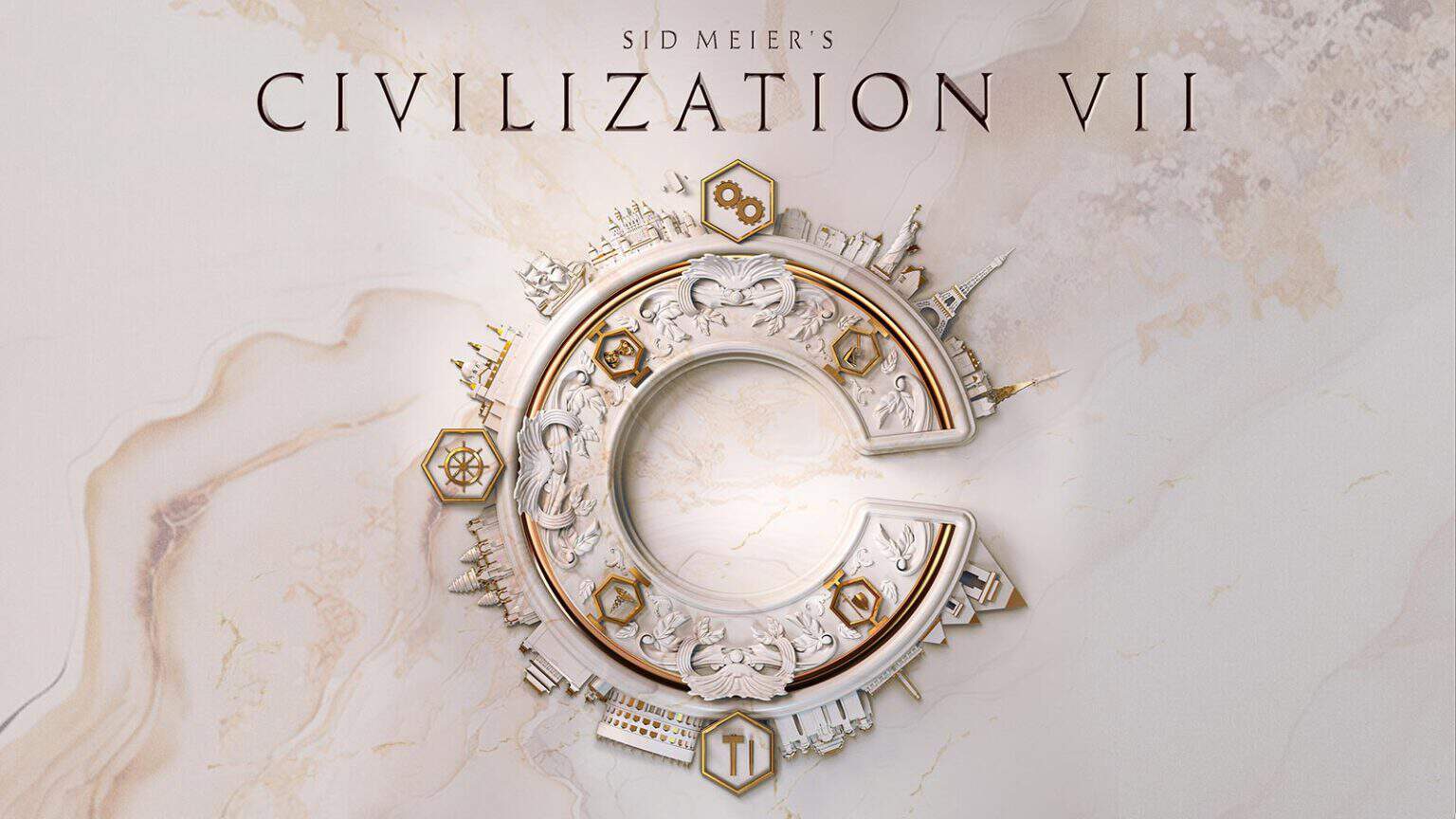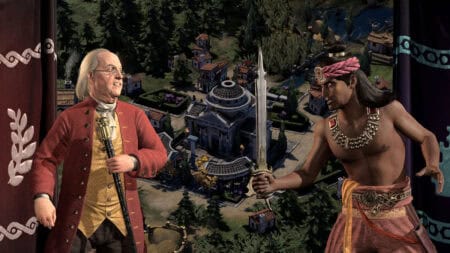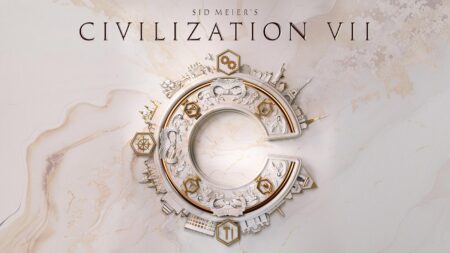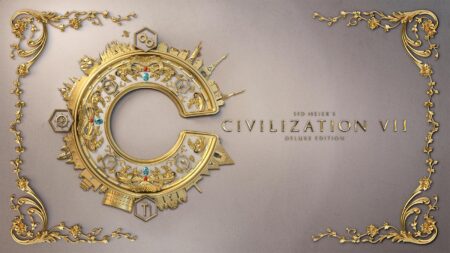Ever wondered what it feels like to conquer the world? Every battle won and lost, every sacrifice made, every wonder toppled? Each triumphant win brings a satisfying feeling, a mix of excitement and exhaustion. Civilization is that game. You’re well-rewarded for all the calculated risks you take, you know everything was all worth it.
Civilization 7 is the next mainline release of the Sid Meier franchise. Sirus Gaming was invited to play the game for about three hours in Singapore. All the changes and improvements are made to let long-time fans know that every Civilization release is something new, faithfully following Firaxis’ mantra: 33/33/33 rule — 33% retain the best feature of its last entry, 33% are improvements of old features, and 33% are new elements added.
What’s even exciting is its ‘sort-of’ simplified direction that makes Civilization 7 a great entry for newcomers.
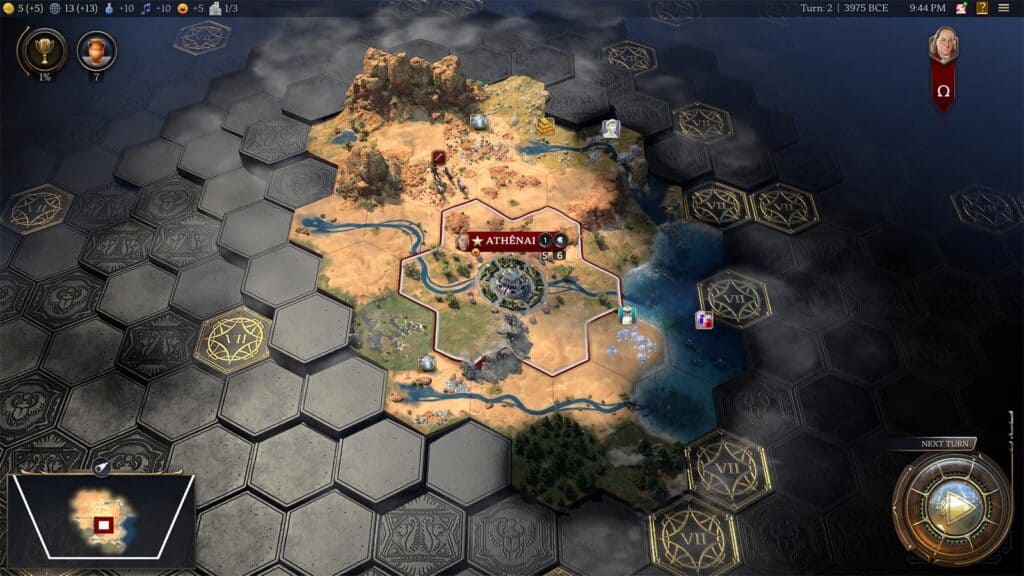
After eagerly waiting for the loading screen to finish, I was immediately greeted with all-new visuals of Civilization 7. It felt like I was playing a board game. The undiscovered areas were covered with beautiful metal-looking hex tiles with the Civilization 7 logo carved on them. I love it.
During the session, I started with Xerxes due to his military power perks and still chose his historically accurate civilization, Persia. One of the biggest changes is that leaders are no longer bound to a civilization. Rather, you can choose any leader and still get to pick Egypt as your starting civilization. This welcome change gives you the freedom to choose your path and play style, keeping the experience fresh.
Since I went for Xerxes and the Persian Empire, my goal was to keep my military power above all else. With the new Legacy Path progression, you can choose to focus on any of the following: Science, Economic, Cultural, and Military. The Legacy Path is your goal in winning the game. Now called Milestones, you’re given specific goals to complete based on the Legacy Path you chose. For example, since I wanted to dominate the world with my civilization’s military power, I opted to pursue and level up the Military Legacy Path. This gave me sets of objectives to complete such as training multiple Warriors, conquering another settlement, and a few more. The game lets you switch to other Legacy Paths, or take them all together if you’re up to the challenge.
Back in the older Civilization games, managing a huge army can be daunting. Micro-managing units in the late-game has proven cumbersome for most. Here comes a brand-new unit called Commander. Similar to Great Generals in Civilization 6, they provide combat strength boosts to your units, but that’s not all. Commanders can stack up to 6 units and bring them across the map. This time, the Commanders are the bringers of upgrades as the team over at Firaxis removed individual unit promotions, instead, they added an upgrade tree to the Commanders. The units within the Commander’s adjacent tiles are buffed with the chosen upgrade, making them essential when you head out to battle. The introduction of Commanders provides a massive quality-of-life improvement that players have long desired.
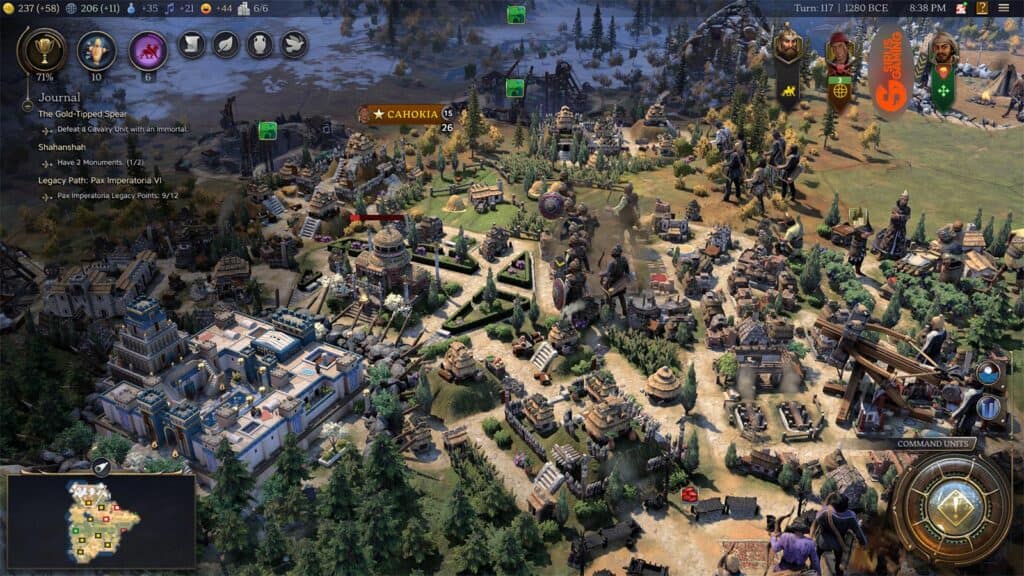
I spent a lot of time in Civilization 6 just weeks before my hands-on experience to get my memory refreshed, and I thought I could get ahead of the curve but I was wrong. Civilization 7, while familiar in some aspects of its predecessor, felt almost an entirely different game. I had no builders, instead, I got to add improvements when my city grew. Citizen management is gone, replaced by Specialist points that amplify a tile’s resources (which cannot be reallocated). Even the Scout had major changes that made the unit more important than it was in Civilization 6, giving them better attributes to make them viable in scouting roles.
Eras are gone, and we now welcome Ages. This new direction to Civilization’s eras has clear nuances and unique gameplay in each of the three ages: Antiquity, Exploration, and Modern. As Ages progress, you get to choose another Civilization. Unlike its predecessors, you’re not stuck with just one civilization. Firaxis made this decision to keep the experience exciting and fresh.
City-states and Barbarians have been completely revamped, giving rise to the Independent Powers. These city-states may greet you with hostility, neutrality, or friendship. Instead of using envoys to establish suzerainty, you can now win them over with Influence points. This consumable diplomatic resource, first introduced in Civilization 5, allows for a more nuanced approach
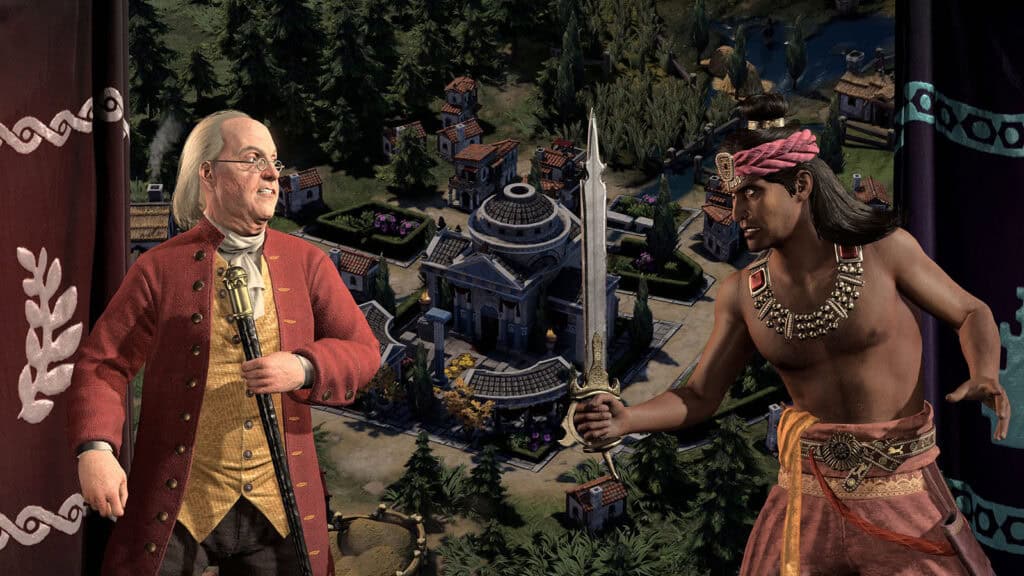
Firaxis added a new gameplay feature called Crisis right before a new Age begins. Crises can redefine civilizations, and that’s what the team wanted players to experience—to shake things up when they least expect it. Imagine this: you’re at war, with all your civilization’s policies focused on unit production over happiness when the game suddenly warns you that you’re entering a crisis period. Debuff cards hit your cities and towns, plummeting their happiness levels. You’re forced to either continue the war and eliminate the other player or propose a peace treaty to handle the crisis. The crisis intensifies as you’re given more debuff cards, and you’ll have to choose the ones that are least impactful, knowing they’ll last longer than you could imagine. These crises can redefine your civilization or even cause its demise.
While I know some may feel that Firaxis is trying to attract more newcomers than aggressively adding more complex mechanics, I, on the other hand, am glad that they took a new approach to keep the entire experience fresh and new while retaining some of the most core mechanics that every Civilization fans love.
Despite the limited time I had during the hands-on event, I had an amazing time playing Civilization 7. The changes introduced have proved to be the exciting bits of the franchise, especially with the introduction of Ages and how it redefines the campaign progress significantly. I can’t wait to play more of Civilization 7 in the coming weeks.


